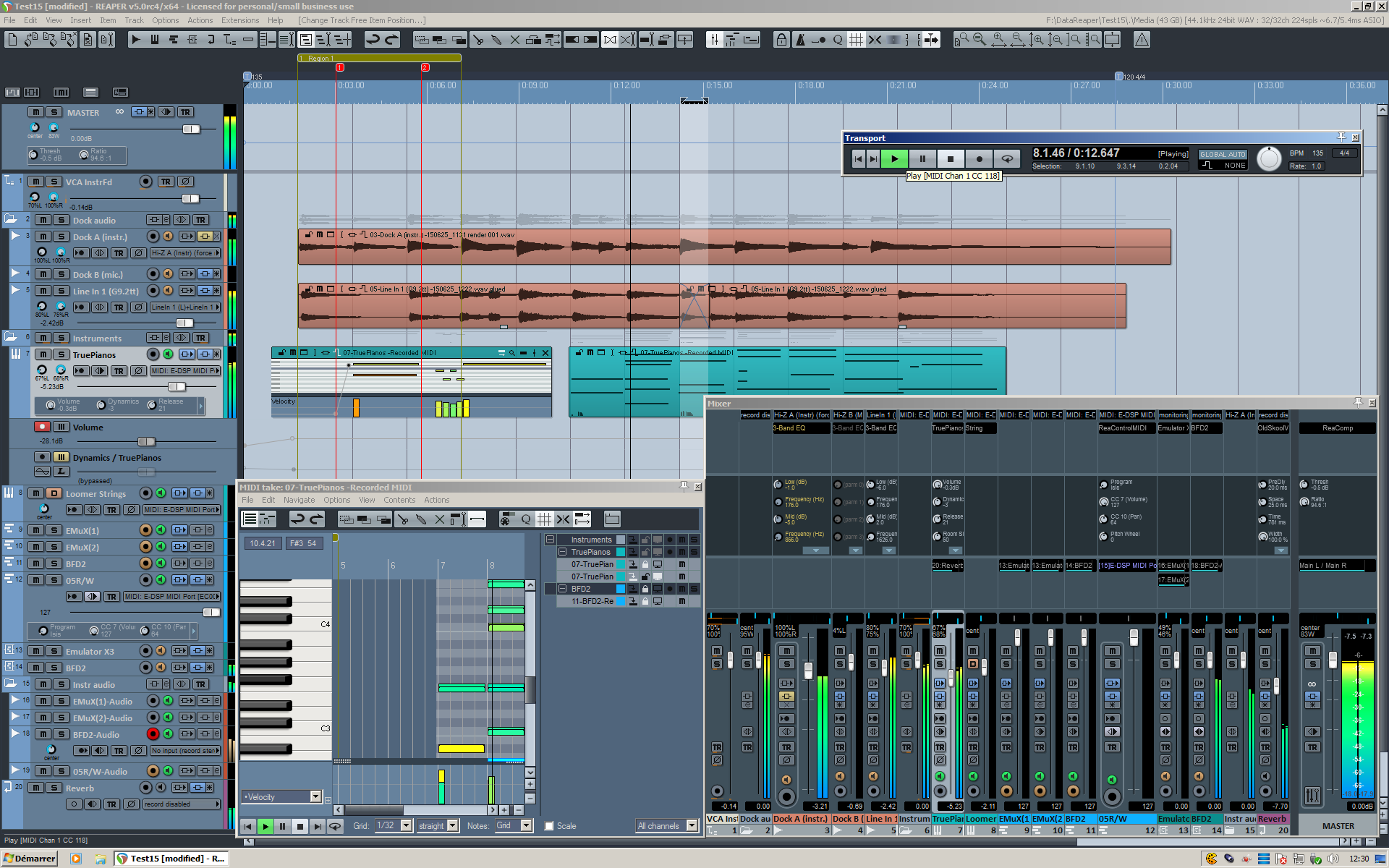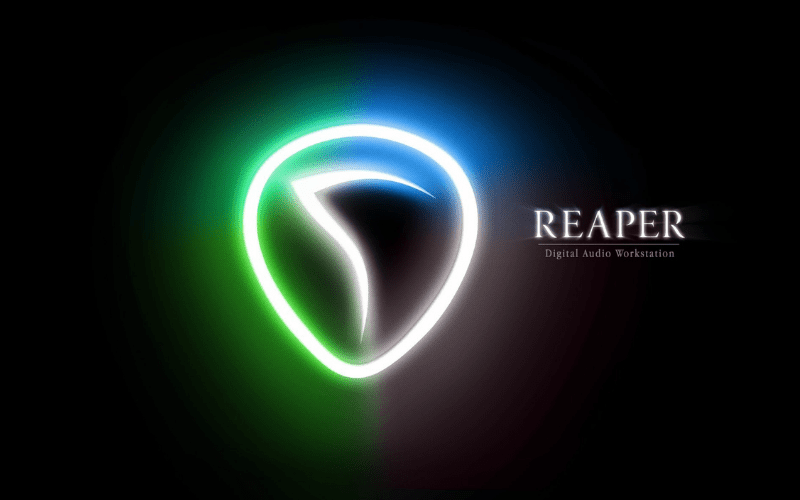

When you are purely playing back audio e.g. As a general rule when recording, set it as low as you can without getting any audio glitches. So it is a compromise a balance between the risk of audio glitches, and latency.

But you can’t necessarily just set it as low as possible, because the busier your CPU is, the greater the risk of audio drop-outs and glitches. Why do we care about buffer size? Well, when you are multi-track recording you want the latency to be as low as possible, so you hear what you play on your instrument in time with everything you are playing back. You’ll learn a simple, repeatable process to help you get your guitars recorded right every time. Definitely check it out if you are planning on doing any sort of guitar recording using Reaper. I have written a whole guide on recording guitars in Reaper. The higher you set it, the less work your CPU will have to do, but at the cost of greater latency.īuffer size is very important when recording guitars. The lower you set this, the more work your CPU will have to do, but the lower your latency (delay) will be between playing a note and hearing it. The “ Buffer Size” is the thing we are interested in here. But it should have similar settings you can alter.
Of reaper daw driver#
Yours might not look exactly like mine it depends on which audio driver you are using and which audio interface.

These are the settings for your audio driver.
Of reaper daw drivers#
Standard audio drivers such as DirectSound will not give you the best performance, especially with regard to latency. This is usually an ASIO driver on Windows, which will usually have been supplied with your audio interface. First of all make sure you are using a high-quality dedicated audio driver. Here you will find the settings for your audio driver. In the category list on the left, select “Device” under “Audio”. In Reaper, go to Options->Preferences, or hit Ctrl+P. Use optimal audio buffer settings for Reaper If you are interested in checking out the best recording gear such as audio interfaces, studio monitor speakers, microphones, etc., you can find them at Amazon by clicking here. Check out this article on the PC specs you need for a music production computer to discover exactly how powerful a computer you will need for various different musical requirements.
Of reaper daw software#
Obviously, the more powerful computer you have the better any software will run on it, not just Reaper. All of these things should help improve Reaper’s performance, making it run smoother and reducing the risk of audio glitches. The suggestions below should help you either reduce CPU usage, reduce RAM usage or improve data transfer speed to/from disk. There are always steps you can take to improve Reaper’s performance, whatever your particular setup. It is highly complex audio software, and therefore subject to the same performance issues as any other similar application. But that does not mean that you will never have any issues with it. Reaper is renowned as one of the best-performing DAWs available today.


 0 kommentar(er)
0 kommentar(er)
